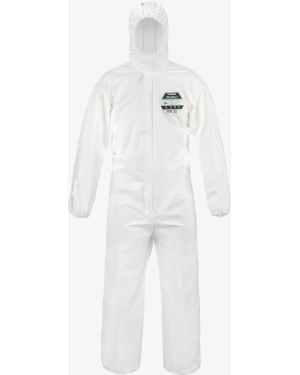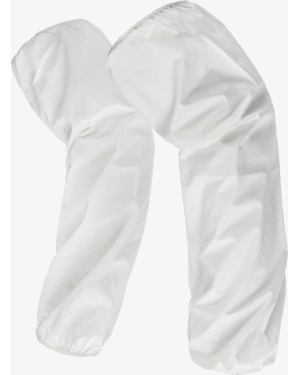What is a Dry Particulate?
In matters of employee safety, the term “dry particulates” refers to solid particles that pose risk to individuals if they were to be inhaled.
Dry particulates range in size and severity of the hazard based on the substance being handled, which could include materials such as asbestos, mold, fiberglass, dust, aerosols, and more.
Are Dry Particulates Hazardous?
Dry particulates can pose immediate risk if inhaled, or the effects can accumulate based on the amount of exposure over a certain period of time. For example, inhaling asbestos fibers has been shown to increase risk of cancer, asbestosis, mesothelioma, and pleural disease.
Some dry particulates can also pose a hazard if they make contact with the skin. Fiberglass insulation and mold spores can cause skin irritation and other allergic reactions. If these dry particulates remain on your clothing, they can be transferred to your vehicle, home, and other environments where more vulnerable individuals risk contact.
Protective Clothing for Dry Particulates
When selecting PPE for dry particulate protection, it’s important to consider the nature of the substance. If respiratory protection is required, make sure you choose the proper respirator or mask to prevent inhalation.
Protective clothing, such as disposable coveralls, should offer a respirator-fit hood if respiratory protection is required to provide greater security around the face and neck. Look for coveralls that offer a high Moisture Vapor Transmission Rate for added comfort during the workday.
Protect Your People From Dry Particulates
Dry Particulates FAQ




















